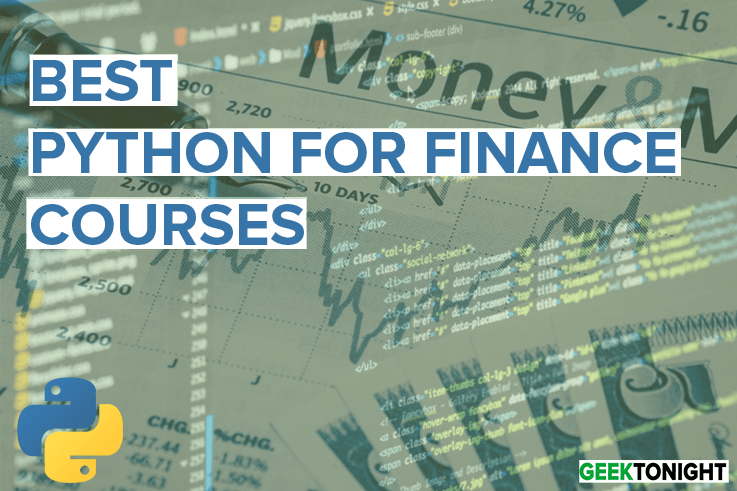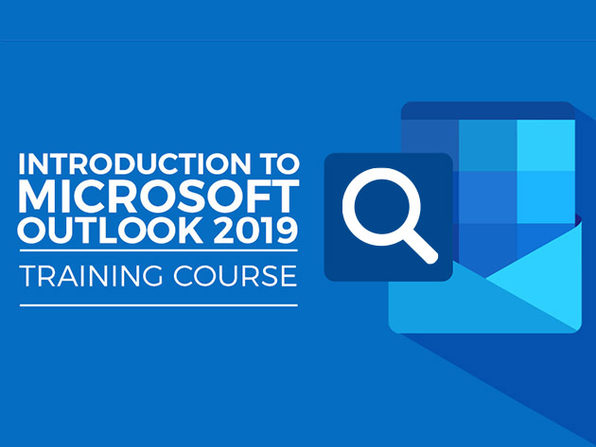
Whether you are a Maryland resident looking to go to college, a student from another state looking to study in Maryland, or are just looking for a way to finance your education, there are many scholarship opportunities available in Maryland. There are two types: merit-based scholarships and need-based scholarships. These scholarships are determined by a variety of factors including financial need, academic achievements, and extracurricular activities.
Students who have been impacted negatively by the criminal justice process are eligible to apply for the HOPE Scholar program. You will need to apply and show proof of financial need. They must maintain a minimum 2.5 GPA as well as a commitment towards pursuing a career related to social issues.
The Teaching Fellows of Maryland Scholarship is offered to students who commit to teaching in public prekindergarten schools. Students are required to submit an essay about their commitment in teaching. The scholarship is open to both high school and undergraduate students as well as graduate students.

Association of School Business Officials of Maryland gives scholarships to students who were involved in their school’s business club. They also offer scholarships to students with documented learning disabilities. These scholarships can be awarded to students who are accepted into four-year universities or colleges. Applications must include letters of recommendation and transcripts. The Maryland Senatorial Scholarship is available to both undergraduate and high school students. Students may choose to be full- or part-time.
Maryland Higher Education Commission also offers scholarships. These scholarships can be renewed and reapplied for. The Howard P. Rawlings Educational Assistance Grant can be renewed and re-applied for. It is based on the student's academic achievements, extracurricular activities, standard test scores, and academic achievements. In addition, students can receive a Workforce Shortage Student Assistance Grant if they are enrolled in a graduate degree program or a nursing program.
Another scholarship is the Letitia B. Carter Scholarship. This scholarship is for individuals interested in the hotel industry. The scholarship is available to residents of Maryland and applicants must be 15-35 years old.
Each year, the Education Scholarship Foundation grants several scholarships worth $1,000. The application must be for a semester at a trade school or college in the next semester. Applicants must also have been accepted into a Maryland postsecondary program.

Maryland resident students are eligible for the Chesapeake Bay Trust Students of the Year award. The Chesapeake Bay Trust Student of the Year award is given to a student for academic excellence and extracurricular activities. The award is equal or greater than the tuition and fees to a Maryland Nursing Program.
The Banneker/Key Scholarship goes to the top one percent of University of Maryland freshmen. The evaluations include academic achievement and extracurricular activities. Finalists can also be interviewed.
If you're looking for Maryland scholarships, you can contact the scholarship office or admissions offices of the school. You can also search online for scholarship opportunities.
FAQ
What is the average time it takes to become a teacher in early childhood?
A bachelor's degree is required in early childhood education. It takes approximately four years. The majority of universities require that you take two years to complete general education courses.
After you have completed your undergraduate education, you can usually apply to graduate school. This allows you to become a specialist in a specific area of study.
One example is to choose to specialize in child psychology or learning difficulties. You must apply for a teacher preparation program after you have completed your master's degree.
This process will take several more years. You will have the opportunity to work with professionals in order to acquire real-world knowledge.
You will also need to pass state exams in order to become a teacher.
This process takes several years, which means you won't be able to immediately jump right into the workforce.
What does early childhood education mean?
Early Childhood Education refers to a field dedicated to helping children become happy, healthy adults. It can teach them everything, from reading to getting them ready for kindergarten.
Early childhood education aims to help children learn and grow through age-appropriate experiences.
Many early childhood educators are called upon to evaluate the developmental needs of every child they meet. This helps to determine if a program is right for each child.
Parents have the chance to interact with teachers, other professionals and parents who have worked with young children.
The role of parents is equally important in the early childhood education. They should know how to take care of their children properly and provide support and guidance when necessary.
Parents can also join activities to teach their children skills that will be useful throughout their lives.
Early childhood education is sometimes referred to as preschool education, although this term is used interchangeably with daycare centers. Prekindergarten education begins at three years of age, but early childhood education can begin around three.
What are the alternatives to school?
An alternative school aims to allow students with learning difficulties to access education and provide them with support from teachers who are qualified to meet their needs.
Alternative schools exist to offer children with special educational requirements the opportunity to learn in a normal classroom environment.
Additionally, they receive extra support when necessary.
An alternative school is not just for those who have been excluded from mainstream schools.
They are open to all children regardless of ability or disability.
Statistics
- In most developed countries, a high proportion of the population (up to 50%) now enters higher education at some time in their lives. (en.wikipedia.org)
- They are also 25% more likely to graduate from high school and have higher math and reading scores, with fewer behavioral problems,” according to research at the University of Tennessee. (habitatbroward.org)
- Data from the Department of Education reveal that, among 2008 college graduates, 92.8 percent of humanities majors have voted at least once since finishing school. (bostonreview.net)
- Among STEM majors, that number is 83.5 percent. (bostonreview.net)
- These institutions can vary according to different contexts.[83] (en.wikipedia.org)
External Links
How To
what is vocational education?
Vocational Education, which is an educational system that prepares high school students for jobs after college or high school, provides them with training in specific skills required for a job (e.g. welding). It includes training on the job in apprenticeship programs. Vocational Education is different than general education. It focuses on specific careers and not learning broad knowledge for the future. Vocational education does not prepare students for university, but it helps them find work after graduation.
Vocational education is available at all levels of education, including primary, secondary, high school, college, universities, technical institutes as well as trade schools, community colleges and junior colleges. There are also many specialty schools like nursing schools and law schools, legal schools, medical schools and dental schools as well as veterinary medicine, veterinary medicine, firefighting, police academies and military academies. Many of these schools offer both academic instruction and practical experiences.
Over the last decade, several countries have made significant investment in vocational education. However, it is not clear if vocational education is effective. Some critics argue that it does little to improve students' employability; others argue that it provides useful preparation for life after school.
The U.S. Bureau of Labor Statistics has estimated that 47% of American adults hold a postsecondary certificate or degree related to their current occupation. This is a higher percentage among those who have more education. 71% are currently employed in fields that require postsecondary qualifications.
According to the BLS, nearly half of America's adult population held at least one postsecondary credential in 2012. A third of Americans have a two-year associate's degree and 10% hold a four year bachelor's degree. One in five Americans has a master's or doctorate.
The median annual salary for people with a bachelor's was $50,000. This compares to $23,800 for those who don't have a degree. The median income for those with advanced degrees was $81,300.
The median income for those who have not completed high school was just $15,200. Earn $13,000 per annum for those with less high school diplomas.